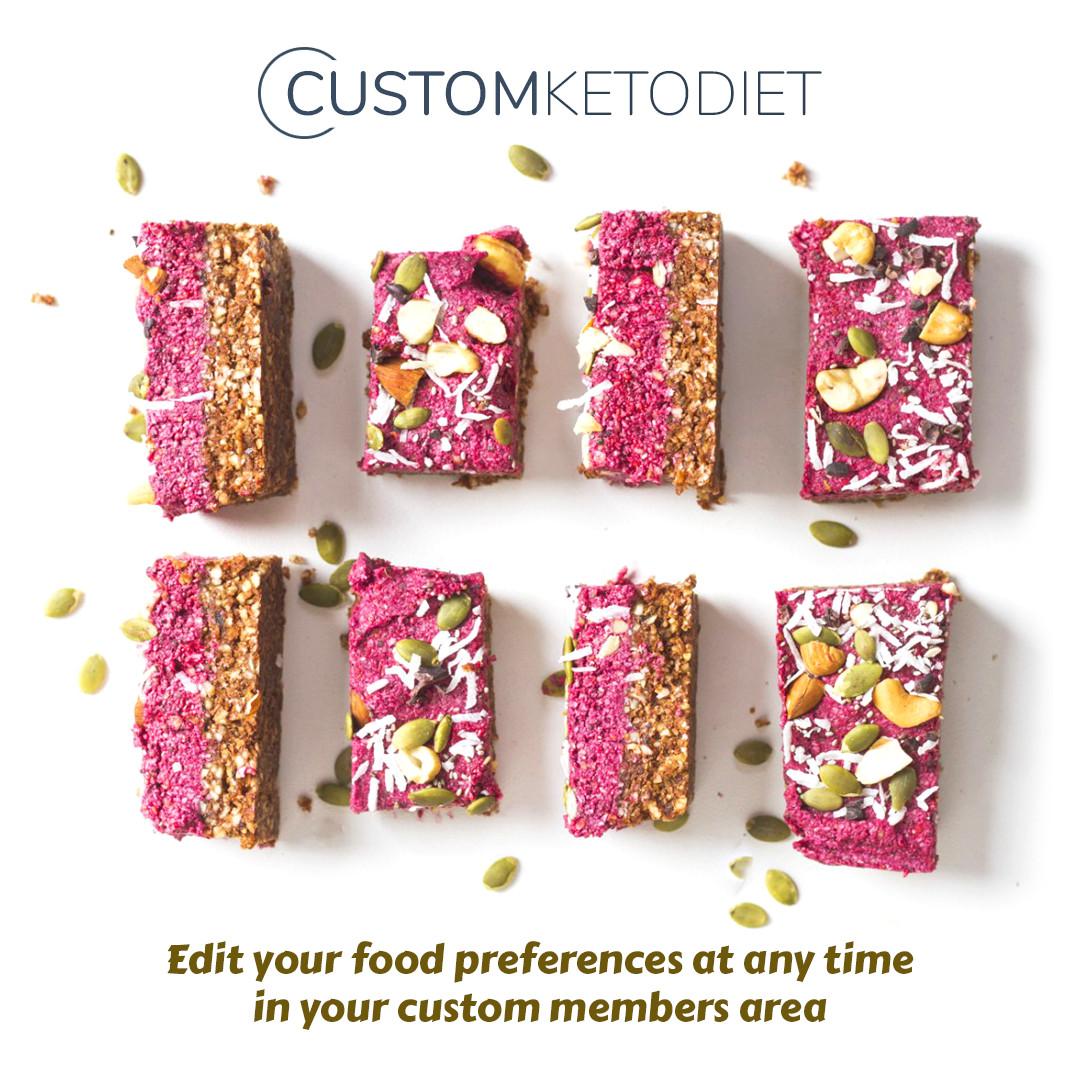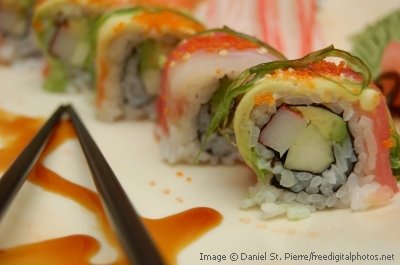Healthy Diet Plan › Low Glycemic Index Diet › Food Pairing
Low Glycemic Index Food Pairing Chart
Learn How to Lose Weight With Effective Low Glycemic Diet
Print the following low glycemic index food pairing chart and use it as a guidance every time you prepare a meal for yourself and your family, especially if you want to lose weight naturally and maintain it thereafter.
If you haven’t heard about the glycemic index diet, it is a diet that helps you lose weight slowly and without many restrictions. Not going into too many details, this diet is based on a theory that obesity is cause by pancreatic inability to properly control blood sugar levels. After eating certain foods with high glycemic index our blood sugar raises too high.
So how does it affect our weight?
Many believe that low glycemic foods will raise your blood sugar slowly making you feel full longer while high glycemic foods will fill you up for shorted amount of time forcing you to snack and gain weight.
In reality, though, this is not so. You blood sugar spikes to its highest level at approximately the same time after you eat any kind of food. The difference between the low glycemic foods and high glycemic index foods is HOW high your blood sugar raises. If it goes too high, your pancreas release too much insulin that turns all fats consumed during your meal into stored fat. And that is how your fat is being accumulated.
It is that simple.
So for example, if you eat a piece of white bread toast (high glycemic index food) with a little butter your blood sugar will spike and fats from butter will turn into fat. On the other hand, if you eat a piece of whole bran bread toast (low glycemic index food) with butter, your sugar will not raise significantly and the rest of the foods will be digested normally.
The following low glycemic index food pairing list outlines main principles of correct food pairing to keep your glycemia low so that your food is digested normally and you gradually return to a healthy weight.
Here are some high glycemic index foods you should exclude from your diet altogether:
Salt, mayonnaise, white bread, sugar, cakes, pastries and candies are not allowed during the food pairing diet.
If you stick to the diet you will lose all excess weight and improve your health. You will also improve the appearance of your hair and skin, making it look fresh and radiant.
This is not a very difficult diet because you can eat as much food as you want. The only unpleasant part of it is that you might want what you can’t have at the beginning.

Food Pairing Chart
Columns I and III are incompatible
Column I
Column II
Column III
For Protein meals
PROTEINS
Red meat: Beef, lamb, veal, etc.
Poultry: Chicken, turkey
Game: Pheasant, partridge, grouse
Fish of all kinds
Eggs
Cheese
Milk, including soy milk (in combination with friuts, vegetables or grains only)
Yogurt, including soy yogurt
FRUITS
Apples
Apricots (fresh & dried)
Blackberries
Blueberries
Cherries
Currants (black, red or white if ripe)
Gooseberries (if ripe)
Grapefruit
Grapes
Guavas
Kiwis
Lemons
Limes
Loganberries
Lychees
Mangoes
Melons (best eaten alone as a fruit meal)
Nectarines
Oranges
Passion fruit
Pears
Pineapples
Prunes (for occasional use)
Raspberries
Satsumas
Strawberries
Tangerines
Etc.
SALAD DRESSINGS
French dressing made with oil and
lemon juice or apple cider
vinegar
Cream dressing
Mayonnaise (home-made)
SUGAR SUBSTITUTE
Diluted frozen orange juice
Concentrated apple juice
FOR VEGETARIANS
Legumes
Lentils
Soy beans
Kidney beans
Chick peas (garbanzos)
Butter (lima) beans
Pinto beans
Tofu
Neutral Foods
(can be combined with either
Column I or Column III)
NUTS
All except peanuts
FATS
Butter
Cream
Egg yolks
Olive oil (virgin)
Sunflower seed oil
Sesame seed oil (cold pressed)
VEGETABLES
All green and root vegetables except potatoes and Jerusalem
artichokes
Asparagus
Aubergines (eggplants)
Beans (all fresh green beans)
Beetroot
Broccoli
Brussels sprouts
Cabbage
Calabrese
Carrots
Cauliflower
Celery
Celeriac
Zucchini
Kohlrabi
Leeks
Squash
Onions
Parsnips
Peas
Spinach
Swedes (rutabagas)
Turnips
SALADINGS
Avocados
Chicory (endive)
Corn salad
Cucumber
Endive (chicory)
Fennel
Garlic
Lettuce
Mustard & cress
Peppers, red and green
Radishes
Spring onions (scallions)
Sprouted legumes
Sprouted seeds
Tomatoes (uncooked)
Watercress
HERBS & FLAVOURINGS
Chives
Mint
Parsley
Sage
Tarragon
Thyme
Grated lemon zest
Grated orange zest
SEEDS & SEED SPREADS
Sunflower
Sesame
Pumpkin
BRAN
Wheat or oat bran
Wheat germ or oatgerm
SUGAR SUBSTITUTE
Raisins and raisin juice
Honey
Maple syrup
For Starch Meals
CEREALS
Wholegrain: Wheat, barley, maize, oats, millet, rice (brown, unpolished), rye
Bread 100% wholewheat
Flour 100% or 85%
Oatmeal - medium
SWEET FRUITS
Bananas - ripe
Custard apples
Dates
Figs (fresh & dried)
Grapes - extra sweet
Papaya if very ripe
Pears if very sweet and ripe
Currants
Raisins
Sultanas
VEGETABLES
Potatoes
Jerusalem artichokes
Pumpkin
Sweet Potatoes
MILK & YOGURT
only in moderation
SALAD DRESSINGS
Sweet or soured cream
Olive oil or cold pressed seed oils
Fresh tomato juice with oil and seasoning
SUGAR SUBSTITUTE
Barbados sugar
Honey - in strict
moderation








